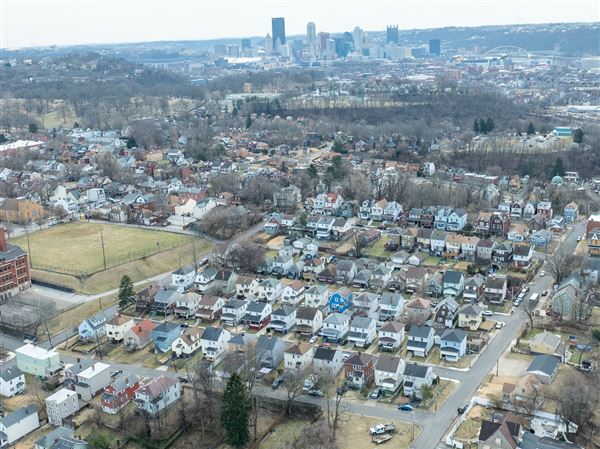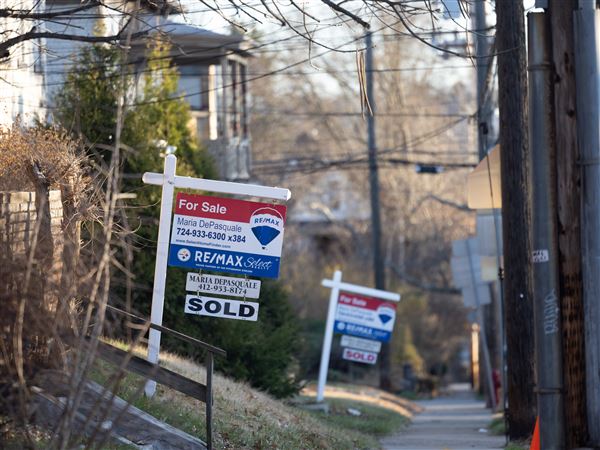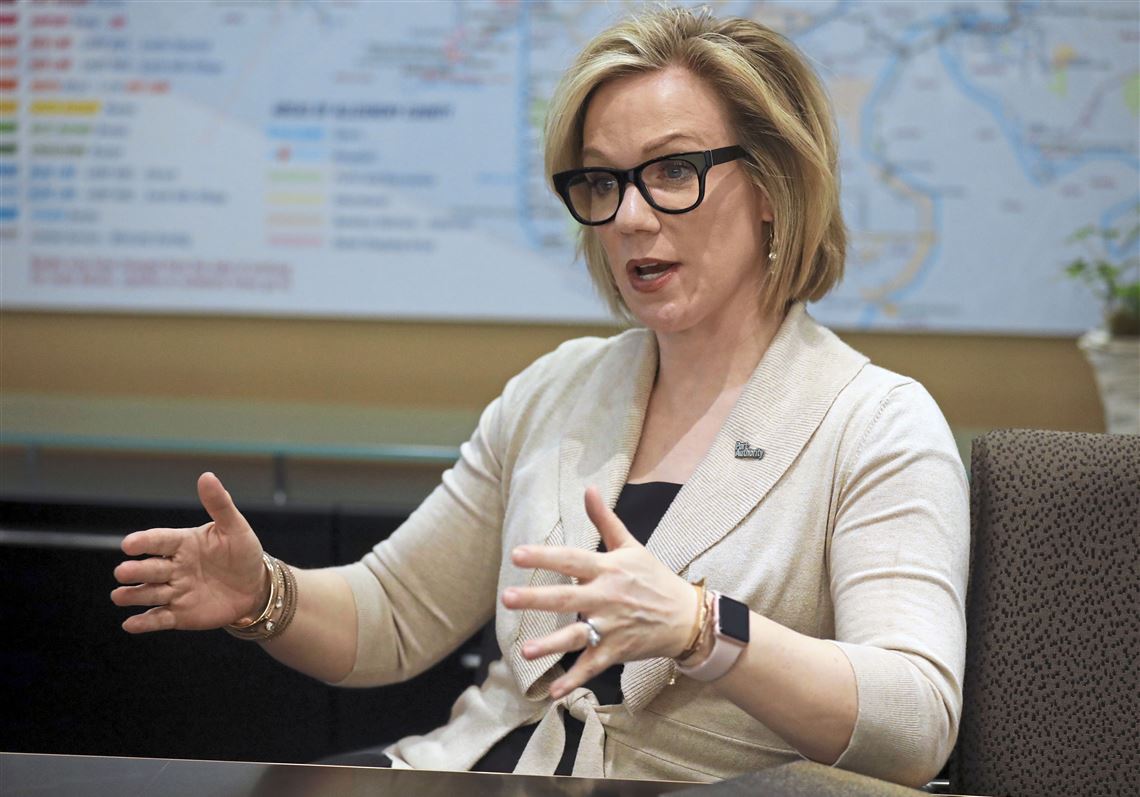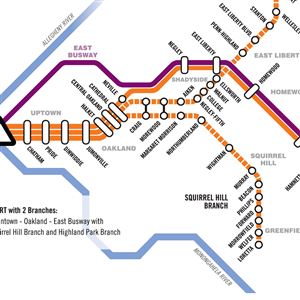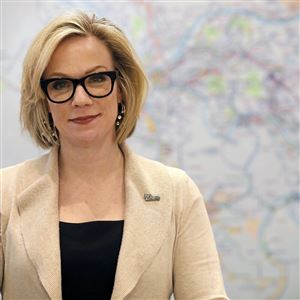On the surface, the Port Authority’s annual self-analysis doesn’t look good: The agency has the highest cost per passenger among its peers, the worst on-time bus service and among the lowest amount of time in service collecting revenue.
New CEO Katharine Eagan Kelleman admits that some of the numbers are concerning and others may be misleading. Regardless, Ms. Kelleman said, the agency will focus on improving all of those areas, through short-term steps to show quick results and long-term plans for lasting improvements.
“This is where I cut my teeth, in planning,” said Ms. Kelleman, who was brought in in January to improve service after the agency spent about five years straightening out its finances. “These are areas we can address through short-term and long-term planning.”
The third year of the agency’s annual service report, which compares Port Authority to nine peer agencies across the country, continues to highlight many of the same shortcomings.
For example, for the second year in a row, Port Authority’s cost per passenger is the highest at $5.82 for 2016, the most recent year available, 14 cents higher than Cleveland. The agency’s on-time performance was 67 percent for 2017, lowest among the seven agencies that provided numbers for that year.
Ms. Kelleman said the agency’s per-passenger costs are high, but she said that is balanced off by fares that recover about 24 percent of the cost. The industry standard for what is known as fare recovery of costs is 20 to 30 percent, she said, so she is satisfied with Port Authority’s recovery rate for now.
“I’m not panicking [about the high cost] when I see a 20 to 30 percent recovery rate that’s about the middle of the pack,” Ms. Kelleman said. “And that doesn’t mean riders are only paying for 24 percent of the cost of their ride. They are paying for the rest of it through the state and federal taxes they pay.”
One cost area that is particularly concerning, Ms. Kelleman said, is the cost for light-rail service. The report showed that local light-rail costs per passenger were the highest among Port Authority’s peers in 2016 at $7.42, with Baltimore’s second at $5.86.
Ms. Kelleman said she will bring in experts from other northeast transit agencies this year to review the local light-rail system to determine whether the high costs are due to older facilities and the hilly terrain that could increase maintenance costs, or if other factors exist.
“We definitely are an outlier on the cost of rail service,” Ms. Kelleman said. “We either have some unique circumstances or things can be done [to improve that area].
“I’m very focused on that metric — laser-focused on all of those cost areas but especially so on light rail.”
Another area Ms. Kelleman aims to improve is on-time bus performance, setting a goal of improving from 67 percent to 73 percent in the next year. In the agency’s proposed budget, scheduled for approval June 29, she is requesting two additional scheduling analysts and revamping the maintenance operation to re-establish it as a separate department.
The additional analysts will allow the agency to revise schedules to make them more accurate. That won’t improve the service, but it will make it more reliable if buses arrive when the schedule says they will arrive, she said.
“I haven’t met a lot of people who have said we should have more buses, but I’ve met a lot that have said it would really help if the bus came when it’s supposed to,” Ms. Kelleman said. “The timetable is a contract with our customers. We have to meet that contract.”
A separate maintenance department, which Ms. Kelleman said the agency hasn’t had for about a decade, would focus attention on maintenance and help to ensure that every driver who needs one has a bus available at the start of the work shift almost every day. In the past, maintenance personnel also had responsibilities in operations and other departments, she said, which meant that not enough attention was put on preparing buses.
Overall, the agency’s ridership remains strong. Nationally, only Seattle, Phoenix and Houston showed transit ridership increases last year and the Pittsburgh area’s 1.2 percent decline ranked as the fourth lowest. A total of 64 million riders used public transit in Allegheny, Beaver, Washington and Westmoreland counties in 2017, down from 64.8 million in 2016.
For now, the agency will concentrate on increasing ridership on existing service by providing a better customer experience through a more efficient operation, Ms. Kelleman said. She said staff is working on recommendations to help load passengers faster and will review customer surveys that will begin later this year to see what other ideas riders have for improvements.
The agency had been looking for land to establish a fifth maintenance garage, which could reduce the amount of dead time when buses are driving from the garage to the route but not picking up passengers. But Ms. Kelleman said that has been put on the back burner until the agency does long-term planning to identify the best location for a garage that could cost as much as $140 million.
“We have the bones of a great system here,” Ms. Kelleman said. “The question is, how do we smooth that out and address some of these areas the right way for the future?”
Ed Blazina: eblazina@post-gazette.com, 412-263-1470 or on Twitter @EdBlazina.
First Published: June 3, 2018, 6:43 p.m.


